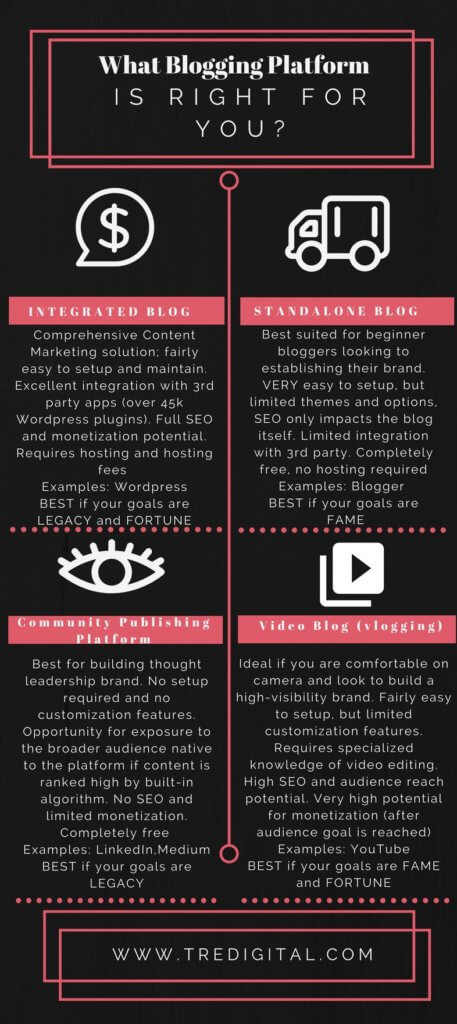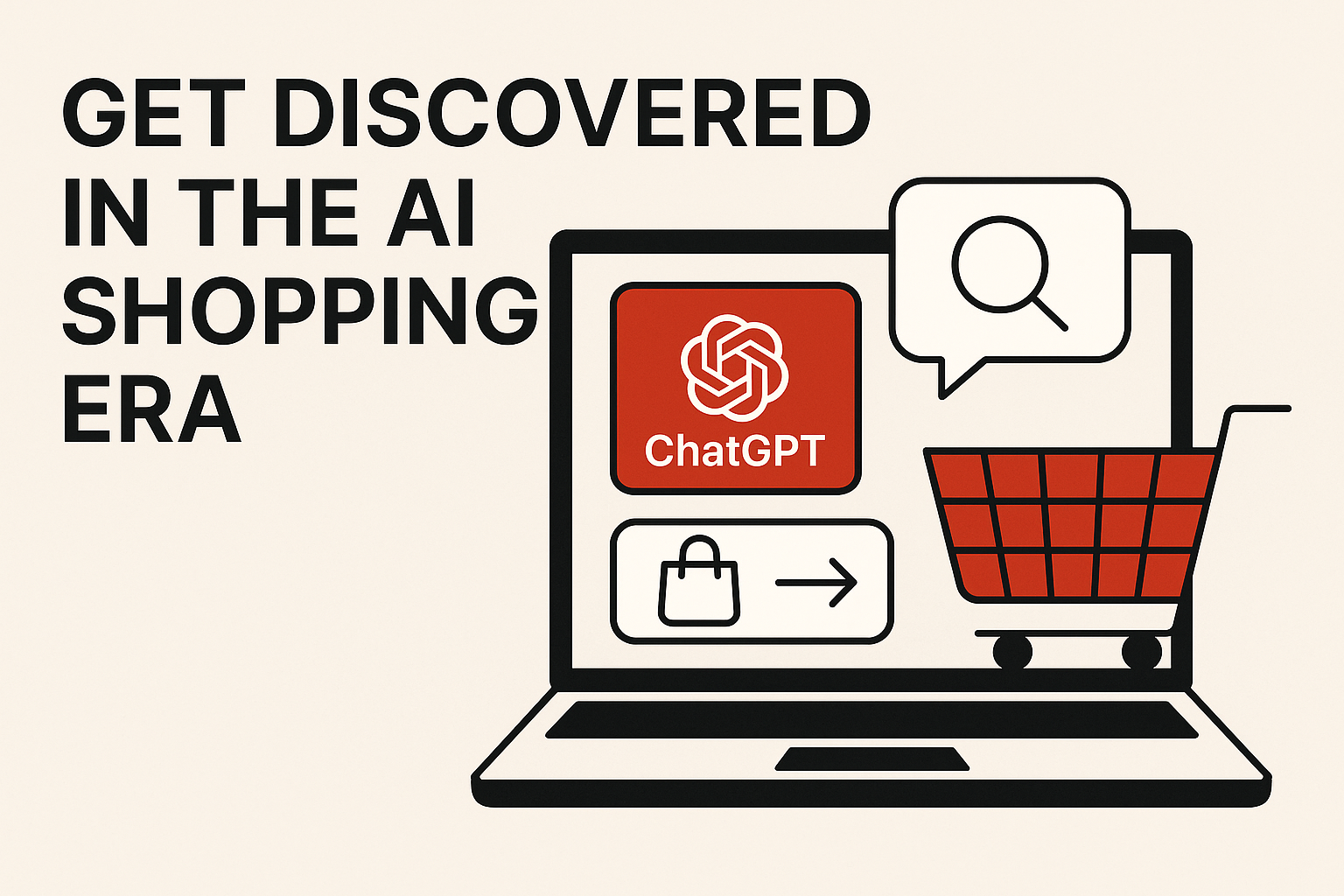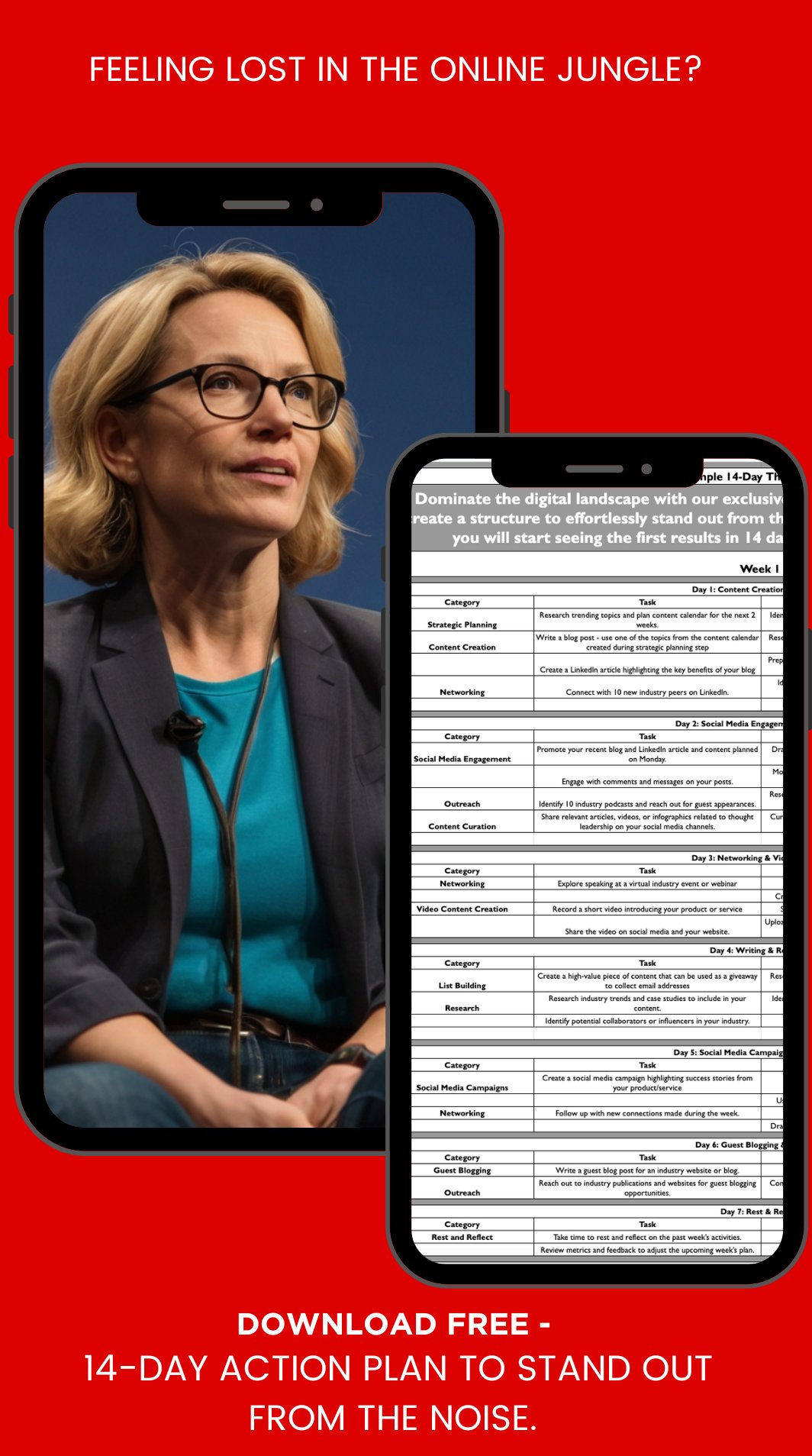With so many different content publishing options, it is hard to choose the best blogging platform for your business.
Each content platform serves a specific purpose. Your choice becomes easier if you are clear on your goals and how each of these platforms can help you meet them.
Each blogging platforms has pros and cons. Choosing the best blogging platform will largely depend on your goals.
Table of Contents
ToggleIntegrated Blog (Your Website Blog)
Integrated blog shares the same domain with your website. It will have a URL similar to this: www.yourwebsite.com/blog
Non-integrated blog has a separate subdomain. It will typically look like this: http://blog.yourwebsite.com
One of the top benefits of a blog integrated with you business or personal brand website is full control of the look and feel of your content. You get to choose the layout and configure many different parameters of your blog.
Audience that discovers your blog is also exposed to your services and offers. Content you put on your blog has a significant direct impact on your SEO. Writing well-researched unique quality content on your blog has a direct impact on your SEO.
Creating a simple keyword and link-building strategy makes your entire website more discoverable through Google. This means that next time someone Googles for your target keywords, your website will come up in their search results.
Using Lead Magnets in your blog helps with growing your email list. Despite all of the new marketing methods, the tried and true email approach is still one of the top marketing channels for a B2B company. Integrated blog enables you to establish a content funnel that serves as a foundation for building trust with your qualified leads.
What technology should I use for the integrated blog?
Though some choose to use Joomla or Drupal, WordPress is by far the most popular blogging option for beginner bloggers. Over 27% of the global internet websites run on WordPress (or WordPress.org to be specific).
Wix and Squarespace are also popular solutions for building a beginner site with an integrated blog. They both offer templates and a drag and drop wizard.
After having tried many different options, I always come back to WordPress. It is fairly flexible and easy to use for a novice. Once your blog is configured, you rarely need to make structural changes.
Almost every 3rd party technology offers a WordPress plugin and detailed setup instructions. Once you start automating your content funnel, these plugins will make your life much easier. WordPress sites have access to over 45,000 plugins allowing you to add new features without rebuilding your site.
WordPress is also great for SEO. With several Google Analytics and SEO plugins you do not really need to be an SEO expert to start optimizing your site.
If you choose this option, you will have to invest into hosting.
When is Integrated Blog the right choice for you?
If your goal is to use content to build trust and drive qualified leads to your business, you should always choose the Integrated Blog as your main option. You can further re-publish your blog on other content publishing platforms (but it is a separate topic).
Furthermore, if you are planning to monetize your blog via ads, affiliate offers or sponsored links, choosing the Integrated blog will serve you well.
Standalone Blog Publishing Platforms
Standalone blog publishing platforms, like Tumblr and Blogger, are popular options for bloggers.
These platforms also offer a variety of different themes and templates allowing you to customize the format of your blog. Top benefit of using these platforms is ease of use. These are very simple to set up and configure for any Do-It-Yourself enthusiast.
Since these platforms are built for bloggers, they have built-in features to help guide your blogging journey. For example, Blogger will help you understand how to use cookies on your blog to comply with the European laws.
These platforms are free to use and there are no hosting fees.
Tumblr is built for multimedia and makes it easy to integrate visual files such as videos and images.
You can link Blogger and Tumblr blogs to your website. However, do not expect your content to have the same SEO impact on your site as an integrated blog. Google will treat your blog as a separate website. If your goal is to drive traffic to your main website, you will have to work on optimizing it for SEO independently of your blog.
Also, you are limited in the customization options and features.
When is Standalone Blog the right choice for you?
Free standalone blogs are perfect for beginner bloggers with limited technical skills and budgets. If your goal is to simply establish yourself as a blogger and you are not concerned with driving leads to your business, you may chose free standalone blogging platforms for your blog.
You may still be able to create a simplified content funnel for the standalone blogging platforms. However, do not expect the full functioning funnel.
Community-Powered Publishing Platforms
Several Community driven Networks allow you to publish anything on their site without having to create your own website. Examples of these are Medium and LinkedIn (specifically, LinkedIn publishing platform that allows you to publish long-form articles).
Typically, these platforms allow long form content without character cutoff (both Twitter and Facebook have character limit assuming short to medium length content).
Why post blogs on Microblogging Platforms?
There are several advantages to posting your content on LinkedIn or Medium. First and foremost, these platforms have their own audience. LinkedIn and Medium readers can discover your content via “tags” that you assigned to it. This increases the exposure of your content.
Ideally, you will use these platforms as a supplement to your existing website blog rather than a substitute. You can modify your main blog to be published as a high level summary with the link back to your website for the details.
However, if you absolutely do not have time to create a WordPress blog, then you can use these as your main publishing platform in the interim.
The configuration, the layout and the additional features are fairly limited compared to the other options.
The traditional SEO tactics do not work for them. Rather, your content is ranked by proprietary algorithm that determines who will see your content (somewhat similar to Facebook). If your content gets organic attention from readers (i.e. receives many likes and shares), the algorithms may choose to feature your content to even more readers.
LinkedIn has built-in notifications. Every time you post a blog, your active contact will be notified, increasing the chance of them seeing your content.
When is Community-Powered Publishing Platform the right choice for you?
Community-Powered Platforms are perfect for emerging thought leaders. These platforms help you advance your thought leadership. If your goal is to showcase your forward thinking rather than tactical “how to” content, LinkedIn will work great for you.
LinkedIn and Medium readers are fairly intolerant of blatant promotions. It is critical that you deliver value and build relations first before you pitch your product or service.
Ideal Medium or LinkedIn blog length is around 600 words (compared to a longer version required for SEO on your main blog). Avoid the temptation to add a “click-bait” blog with just one or two sentences and then linking to your site. If you are not delivering value, people will ignore you next time.
Video Blog (Vlog)
Vlogging or video blogging is not new. It existed for a while and has significantly increased in popularity in the last year.
Vlogging is all about building your credibility and audience on the YouTube channel. It is not for everybody. First, you have to be comfortable on camera, enjoy having a conversation with your viewers, love building community and committed to learning.
Many bloggers use Vlog channel as their exclusive channel for building their brand. You can also integrate your video blogs into your main website and use it in combination with the other content mix.
Just like with your regular website, your vlog audience will not appear magically. Commit to optimizing it for SEO and playing by all of the social media rules to build a large following. You may have a steeper learning curve to make your vlog effective. However, Vlog is the closest you come to talking to your audience in person and if you do make it work, your audience will be more loyal.
There are many ways to monetize your vlog, from Google AdSense to produce endorsement to driving traffic to your site via offers. The challenge is that you have to earn trust first and build your audience to a significant level before you can start monetizing it.
RELEVANT ARTICLE: HOW TO MONETIZE YOUR VIDEO CONTENT
When is Video Blogging the right choice for you?
Vlogging is a perfect choice if you always wanted to be a TV star. It requires the same amount of effort as optimizing your written content combined with the demands of the popularity contents imposed by social media.
It is best for you if your goals are to build a high visibility brand that is an authority in your field. Some topics work better for vlogging than others, so do your research before you launch your video blog.












